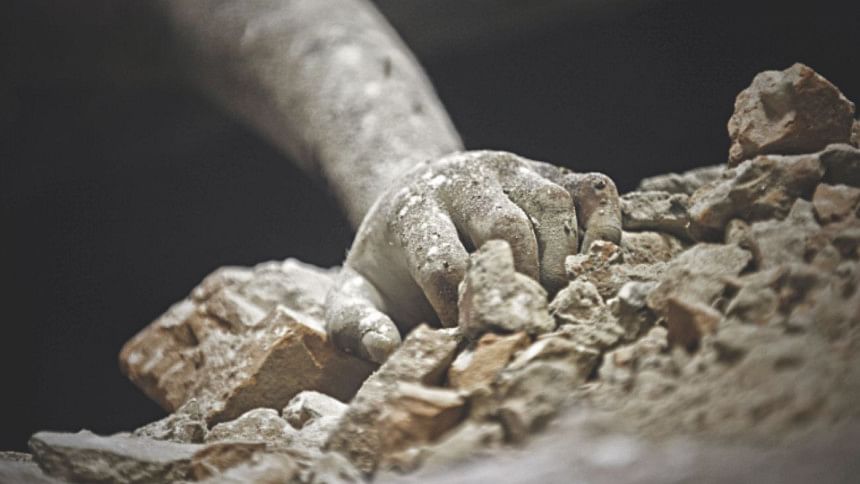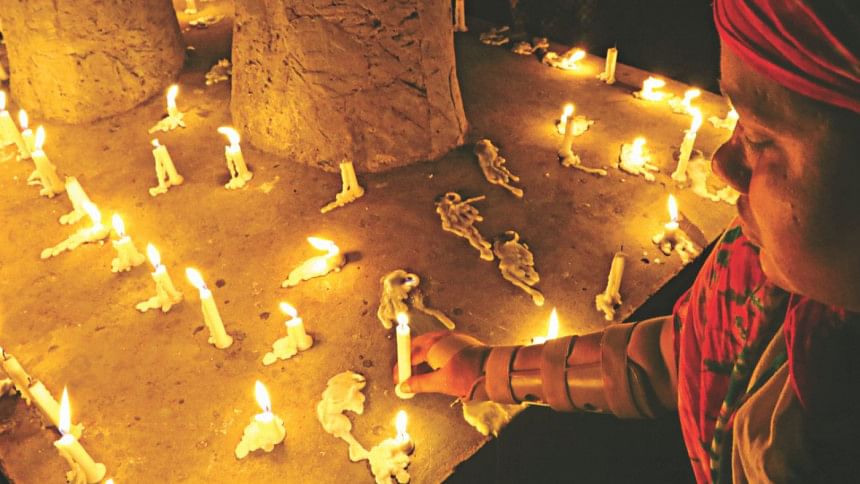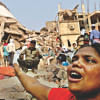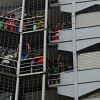RMG Factories Since Rana Plaza Disaster: Workplace safety improved a lot

International inspection agencies said safety conditions in the country's $30 billion garment industry have improved dramatically since the Rana Plaza disaster, thanks to efforts by entrepreneurs, retailers and brands.
On this day in 2013, the building collapsed in Savar on the outskirts of the capital, leaving at least 1,138 people dead and 2,500 others injured in the country's deadliest industrial accident.
Responding to the wake-up call, local garment entrepreneurs put more than $1billion to remediate the factories for preventing such tragedies in future.
As per the recommendations of the inspection agencies, three bodies, including Accord, Alliance and National Initiative, were formed to fix three kinds of “loopholes” relating to the structural, fire and electrical issues.
“Yes, the safety in Bangladesh RMG [ready-made garment] factories covered by the Accord has improved dramatically since 2013,” said Rob Wayss, executive director and acting chief safety inspector of European inspection agency The Accord on Fire and Building Safety in Bangladesh or the Accord.
“Accord currently has approximately 1,625 covered supplier factories. Some 88,443 safety hazards, in total, were identified in Accord's initial inspections of these factories. Some 74,386 of these safety hazards have been fixed.
“Because of the work of the Accord, the Accord signatories, the RMG manufacturers, and the tripartite partners in Bangladesh and the garment industry in Bangladesh can make very strong, empirically-supported assertions that the Bangladesh RMG industry is the safest in the developing world,” he told The Daily Star recently.
Safety in RMG factories has improved substantially. While 84.1 percent remediation is a significant achievement, there is a lot of work that remains to be done to correct the unfinished safety hazards, Wayss added.
Jim Moriarty, executive director of Alliance, the North American platform of 28 retailers and brands, echoed the views of Wayss regarding the safety improvement.
“We have seen remarkable progress in workplace safety over the past five years. The 1.2 million women and men who earn a living in Alliance factories now work in buildings that are structurally sound, free of fire hazards and equipped with modern electrical systems, sprinklers and fire doors,” he told this correspondent.
More than 1.5 million workers and factory security guards have received fire safety and emergency evacuation training and another 1.5 million workers have access to a 24-hour helpline, allowing them to report safety concerns anonymously and without fear of retribution, Moriarty said.

“Through our efforts, the Alliance has helped transform an industry once repeatedly touched by tragedy into one cited as a model for other countries.
“Ninety percent of factory remediation is complete across active Alliance factories, and we fully expect to complete our remaining remediation work this year,” he said.
Talking to The Daily Star recently, Gagan Rajbhandari, officer-in-charge of International Labour Organisation (ILO) in Bangladesh, said, “Five years from Rana Plaza [tragedy], workplace safety in the garment industry has certainly improved.
“There is still some way to go to complete remediation of RMG factories and to instill a culture and practice of occupational safety and health.
Siddiqur Rahman, president of Bangladesh Garment Manufacturers and Exporters Association, said 3,978 factories have been inspected for building, fire and electrical safety under the combined efforts of the three safety initiatives.
Nazma Akter, president of Sammilito Garment Sramik Federation, however, said, “Safety has increased on the following things; building, electrical and fire. But still many factories have ongoing safety process which is not completed. Overall, the safety process is not satisfactory.
“There has been no significant improvement in ensuring decent working conditions and decent wages. Proper working hours, maternity leave and benefits, etc have not been ensured yet,” she told this correspondent.

 For all latest news, follow The Daily Star's Google News channel.
For all latest news, follow The Daily Star's Google News channel. 








Comments